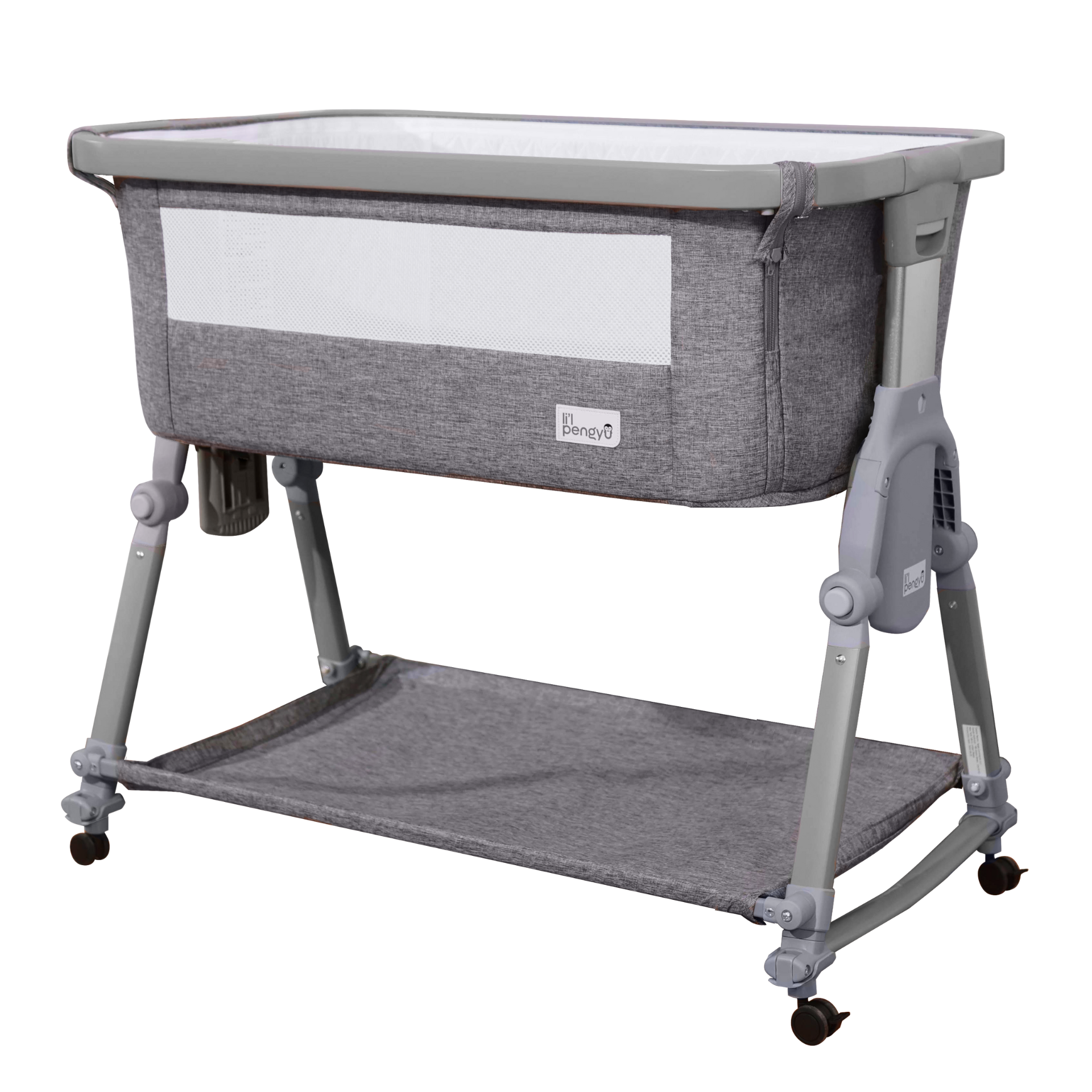Plus, explore non-cow’s milk alternatives for babies

Parenthood is full of surprises! From feeding to diapering, teething to sleep habits, the never-ending supply of “oops,” “wow,” and “oh my gosh” moments start the day your new baby arrives. Just when you think you’ve got a handle on things, another exasperating challenge materializes, and you’re back at square one.
There’s often a steep learning curve to parenthood, but the truth is that no parent can ever figure it all out because each child is different and approaches the world in their own unique way. While all parents want to keep their babes as comfortable and happy as possible, sometimes managing challenges requires breaking out of the comfort zone. That is true when transitioning from breast or formula milk to other forms of milk.
Many babies begin to wean themselves when the time is right. The lure of juices, milks, and other foods is enough to pull their interest from their first source of nourishment. For other babies, it’s more complicated. Some babies prefer the closeness and intimacy of mealtime in a bottle or breast to a sippy cup, regardless of what’s in it.
In this article, we look at when and how to transition your baby from breast or formula milk to other types of milk, some potential allergies you’ll want to watch for, and a few risk factors associated with delayed weaning.
When to introduce cow’s milk
Transitioning a baby from breast or formula milk to cow’s milk means accustoming them to other foods that may not necessarily come from the mother. Teaching a tot to ingest nutrients in forms other than breast or formula milk may be difficult or it might happen with minimal effort. The key is to start the process at the right time.
Breastfeeding
The American Academy of Pediatrics (AAP) and the World Health Organization (WHO) endorse breastfeeding exclusively for the first six months and then adding appropriate complementary foods up to two years or older.
Most breastfeeding moms choose to wean at around one-year-old, but some continue until age two or even older.
Formula
Experts recommend slowly introducing other sources of nutrients at around six to eight months and beginning fully weaning at approximately 12 months.
By 12 months, a baby has typically established a diet of solids that is sufficient to go without formula. Their digestive system matures enough to tolerate undiluted cow’s milk. Before the one-year mark, breast milk or baby formula is easier to digest and chock full of the nutrients required to support an infant’s heavy growth period.
The CDC recommends that cow’s milk not be given to children before 12 months of age as it puts them at a risk for internal bleeding due to its amount of proteins and minerals that are too much for a baby’s kidneys to handle. It also doesn’t have the right amount of nutrients a baby needs. In addition, milk alternatives should not be given before 12 months.
Milk transition tips
Even when the transition to cow’s milk seems to be going great, your little one might have a bad day and refuse to cooperate. Being prepared for the occasional hiccup when transitioning can make all the difference. Here are a few tips to make those small hurdles a little easier.
One bottle or breastfeeding per day
Starting the day with one bottle of formula or only breastfeeding once per day sets the stage for complete weaning. Provide a sippy cup throughout the rest of the day. If once a day isn’t enough, start with two smaller feedings every 24 hours and supplement with a sippy cup.
Slowly reduce bottle amounts
Keeping a bottle around all day can also work if you just fill it once. When it’s gone, the sippy cup is the only alternative. Reduce the amount of liquid in the bottle every day. Eventually, your child will subconsciously just reach for the cup.
Heap on the praise
Pile on the praise and excitement when your child uses a cup, especially if it is his/her choice.
Out of sight, out of mind
Keep bottles out of sight to prevent longing for them. Instead, have a sippy cup in clear view.
Spread the word to your support system
Ensure family members, babysitters, and daycare providers understand that you aren’t using bottles. If necessary, explain the type of cup your little one prefers or anything else that encourages use.
Remember that most babies drink less from a cup, so don’t worry if intake is slightly lower than usual. The best transition advice is to be patient. This phase is exceedingly difficult for some babies. It’s up to you to make the process as painless as possible.
Allergies and alternatives
A big part of weaning a baby from a bottle or breast is what you put in the sippy cup. Whole vitamin D cow’s milk is the best choice in most cases. The problem is that some babies are allergic to it, lactose intolerant, or live with vegan parents. There are other options which include.
Soy
Soy beverages fortified with vitamin D are wonderfully healthy alternatives to cow’s milk. They are the only milk alternative that helps meet a child’s recommended daily needs.
Coconut
Coconut milk is nutrient dense and rich in vitamins C and E. It also has strong antioxidant properties.
Oat
Oat milk contains thiamin and folate, the two B vitamins essential for energy production. It also has copper, zinc, manganese, magnesium, and trace amounts of vitamin D, vitamin A IU, riboflavin, and potassium.
Choosing milk alternatives before 12 months is not recommended as they deprive your baby of valuable nutrients. Only give your baby unsweetened, unflavored milk alternatives. The CDC recommends avoiding all sweeteners for children under two and limiting them beyond that.
The risks of prolonged breast milk and formula consumption
Currently, there is no evidence that prolonged breastfeeding is harmful in any way.
Formula feeding, on the other hand, is a bit different. It’s linked to a higher risk of diseases such as celiac disease and inflammatory bowel disease. Formula-fed Infants are 50% more likely to have ear infections than breastfed babies. Formula feeding for over a year, and delaying the introduction of solid foods, potentially increases the risk of pediatric acute lymphoblastic leukemia.
How you transition your baby to non-breast or formula milk is a highly personal choice. While there is plenty of parenting advice to take in, the most important will come from your doctor and pediatric specialists.
Find more information on helping your baby live the best life ever
Weaning your baby from your breast or a bottle is an exciting milestone, and we love sharing those with you. At Li’l Pengyu, we understand that being a first-time parent can be difficult, so we aim to make things easier. Our bassinets and playpens are designed to be easy to assemble, transportable, and safe. See everything we offer here.






